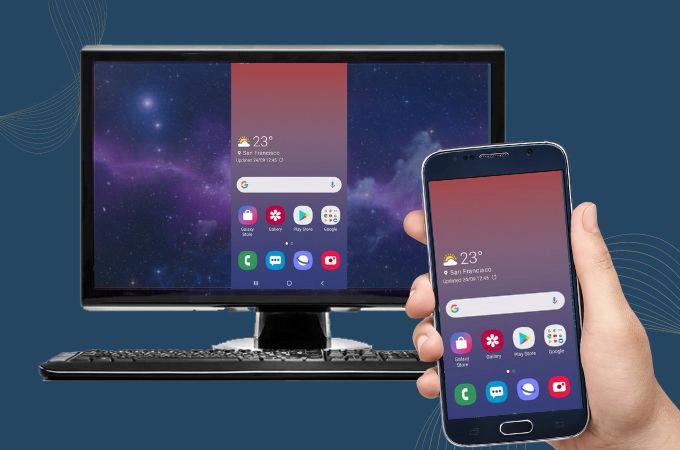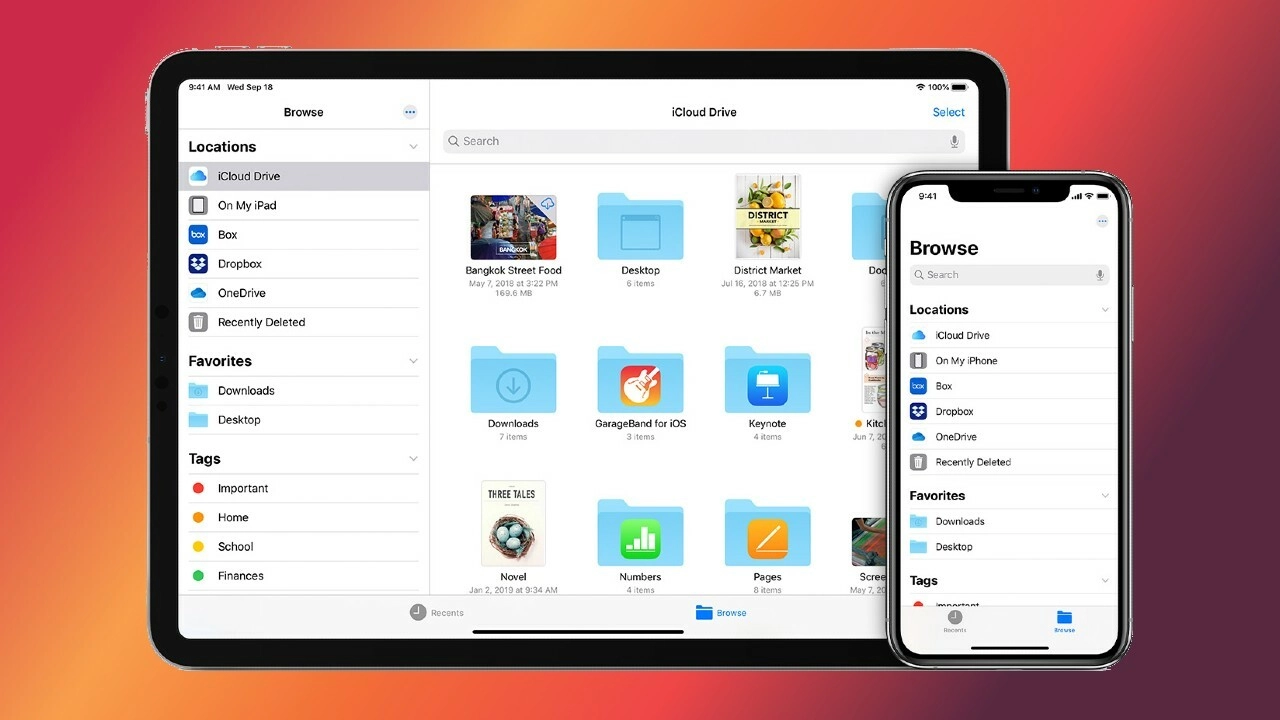How To Transferring Large Files via Email

Transferring large files via email usually runs into an attachment size limit set by the email service provider. To get around this limit, you can take the help of temporary file sharing services like tempdrive.zip. These services allow you to upload files to the cloud and generate a temporary link that you can share via email to those who need it. Here is a simple tutorial on how to use such services:
1. Temporary file sharing using tempdrive.zip
Steps:
- Visit the tempdrive.zip website: Open tempdrive.zip in your browser.
- Upload a file: Click the "Upload" button on the page to select the file you want to share, or drag and drop the file into the browser window to upload it.
- Get Link: After the file is uploaded successfully, the website will automatically generate a temporary link. Copy this link.
- Share by Email: open your email client or service, create a new email, paste the link you just copied into the body of the email, fill in the recipient's address, and send the email.
Notes:
- File expiration date: Most temp file sharing services set an expiration date or download count limit on the shared files. In tempdrive.zip, the default file is only stored for 7 days or deleted immediately after the first download.
- Privacy: While this method improves the convenience of file transfer, note that almost all such services do not offer end-to-end encryption. Sensitive files need to be shared with caution.
Other similar services:
- WeTransfer: Allows users to send files up to 2GB for free, and the recipient downloads the file via a link received by email. No registration is required.
- Send Anywhere: supports sending large files, offers web pages, apps and plugins, and supports encrypted transfers.
- Dropbox Transfer: Dropbox users can use the Transfer function to send files up to 100MB to non-Dropbox users (for free accounts), paid accounts can send larger files.
Last:
Using a temp file sharing service like tempdrive.zip is a very practical way to bypass email restrictions on attachment sizes and share large files efficiently. These services are usually very easy to use and don't require the recipient to have an account or install specific software; simply clicking on the link to download the file is very convenient. However, be careful to consider the privacy of the file as well as the security of the service.


